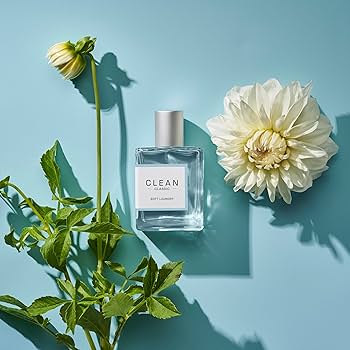Journalist Myriam Kiassou and radio-tv media group Skai.gr proposed an interview which we conducted in two parts. Below the direct links (in Greek)
Mου παίρνουν συνέντευξη στο Skai.gr, η δημοσιογράφος Μύριαμ Κιάσσου, σε δύο μέρη (στα ελληνικά), κάτωθι οι απευθείας σύνδεσμοι.
Roman alabastra
This is the first part, where I talk about the Business side of perfume and perfumery in Greece and abroad (mainstream and niche). And this is the second part, where I talk about the largely unknown archaeology and history of perfumery and offer insights on how memory, culture and fragrance interweave throughout the ages.
Εδώ το πρώτο μέρος για την πλευρά Business του αρώματος στην Ελλάδα και διεθνώς (κλάδος πολυτελείας και κλάδος niche, με εμπορικές πληροφορίες για την αγορά). Κι εδώ το δεύτερο μέρος όπου μιλώ για την άγνωστη αρχαιολογία κι ιστορία του αρώματος και πώς ο πολιτισμός συνδέεται άρρηκτα μαζί του.
Thanks for reading and more to come soon! Ευχαριστώ για την ανάγνωση και περισσότερα σύντομα!
.jpg)














